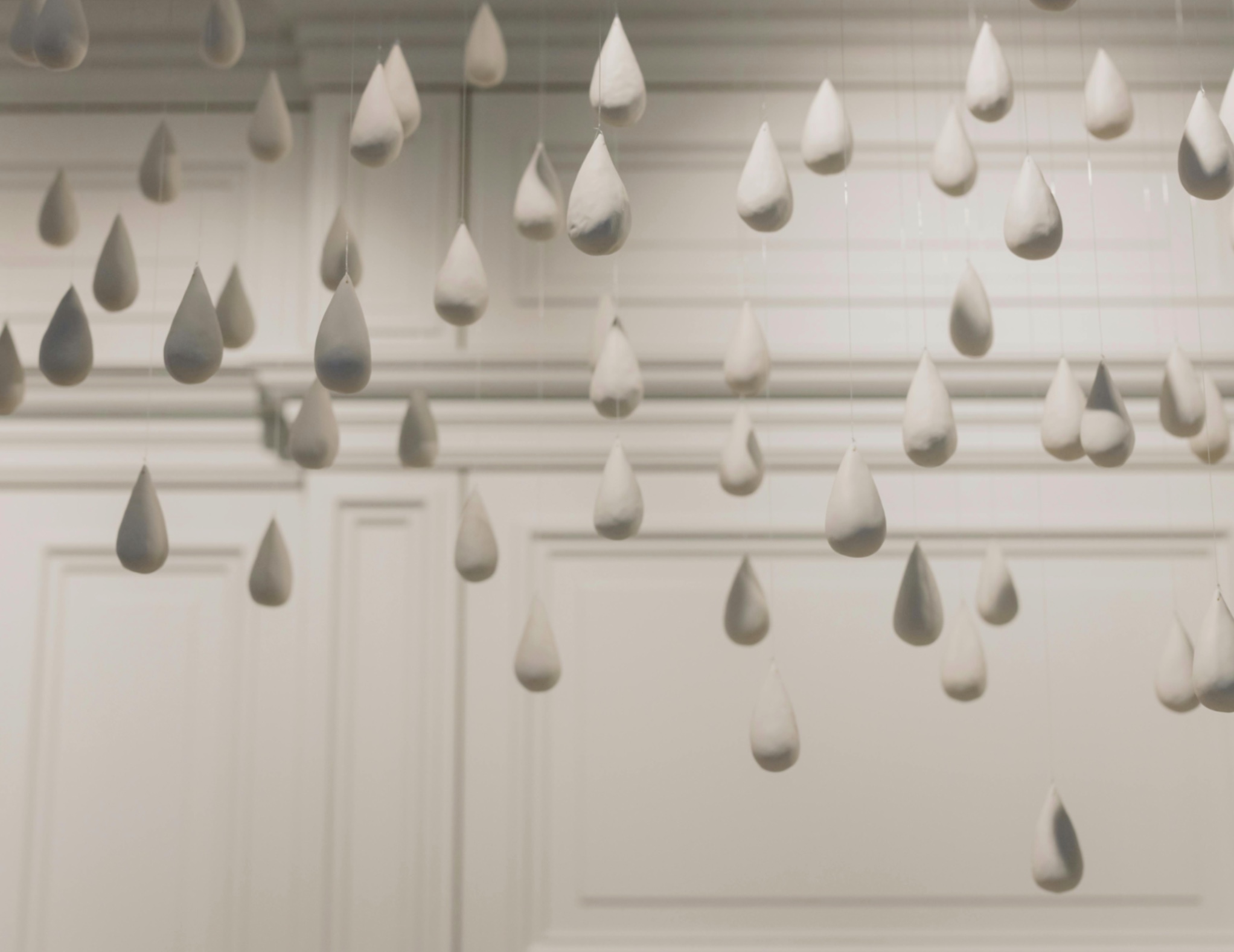Minimalism in Art
Minimalism in art may appear simple on the surface, but it belongs to a deeper and more deliberate movement that took root in the early 1960s. At the time, artists began moving away from the emotionally charged gestures of Abstract Expressionism—the dominant force in art throughout the 1950s. They grew weary of intensity, symbolism, and narrative. Instead, they sought a quieter kind of honesty: art that referred only to itself.
This shift marked the beginning of Minimalism, a departure from emotional excess toward clarity, structure, and restraint. Many artists began to shed metaphor and personal emotion, focusing instead on the physical presence of form, repetition, and material. They believed that art didn’t need to express something beyond itself—it could simply be. Critics quickly responded with labels like “ABC Art,” “Literal Art,” or even “No-Art Nihilism,” reflecting their discomfort with this reduced aesthetic and its refusal to conform to traditional ideas of meaning or expression.
And that’s precisely what unsettled many about Minimalism—it doesn’t offer easy interpretations. It asks nothing more than for you to be present with it. In that stillness, it often reveals more than a cluttered canvas ever could.
Minimalism goes beyond visual style—it becomes a philosophy. In a world that urges us to say more, show more, Minimalism asks, What if less is enough?
The idea of doing “less” is often misunderstood. Simplification refines the form, revealing only what matters the most. It arrives at the essence of a form, an idea, a feeling. It asks what truly needs to be there—and allows the rest to remain unspoken.
Simplicity, in this context, becomes an act of intentional clarity. A minimalist artwork may seem still or stark, but its power lies in what it withholds, the spaces it leaves, the silence it honors. A single mark, placed with care, can speak louder than a thousand gestures—precisely because it has been refined down to its core.
Throughout art history, some artists have embraced this quiet intensity with grace and confidence. Agnes Martin’s subtle grids suggest breath and spiritual balance. Ellsworth Kelly’s use of bold color and shape radiates certainty and clarity. Nasreen Mohamedi’s delicate, linear compositions unfold like visual rhythm—measured, poetic, and full of restraint. These works draw attention gently, allowing the viewer to pause and enter.
Minimalist art treats colour as a structure. Often reduced to monochromes, neutrals, or flat primary fields. Martin’s soft greys and pale blues invite stillness. Kelly’s bold, unshaded forms assert presence without narrative. And artists like Donald Judd and Carl Andre allow materials to speak—where steel, concrete, or plexiglass become colour in themselves.
Minimalism extends beyond canvas or paper, shaping entire disciplines—architecture, product design, photography, and sound. In Japanese aesthetics, the concept of ma—the space between things—is a form of respect for silence and absence. Scandinavian design, with its clean lines and natural materials, reflects a thoughtful, intentional way of living. In music, even silence becomes a statement—as in John Cage’s 4’33”, where the absence of sound becomes the performance itself.
Across all these expressions, Minimalism continues to offer an antidote to overwhelm. It asks us to slow down, to observe. To see more by being shown less.
What gives Minimalism it's lasting resonance lies not in absence, but in intention. Every mark is deliberate. Every silence, intentional. The aim is to open the space—for clarity, for presence, and for the viewer’s own response.


